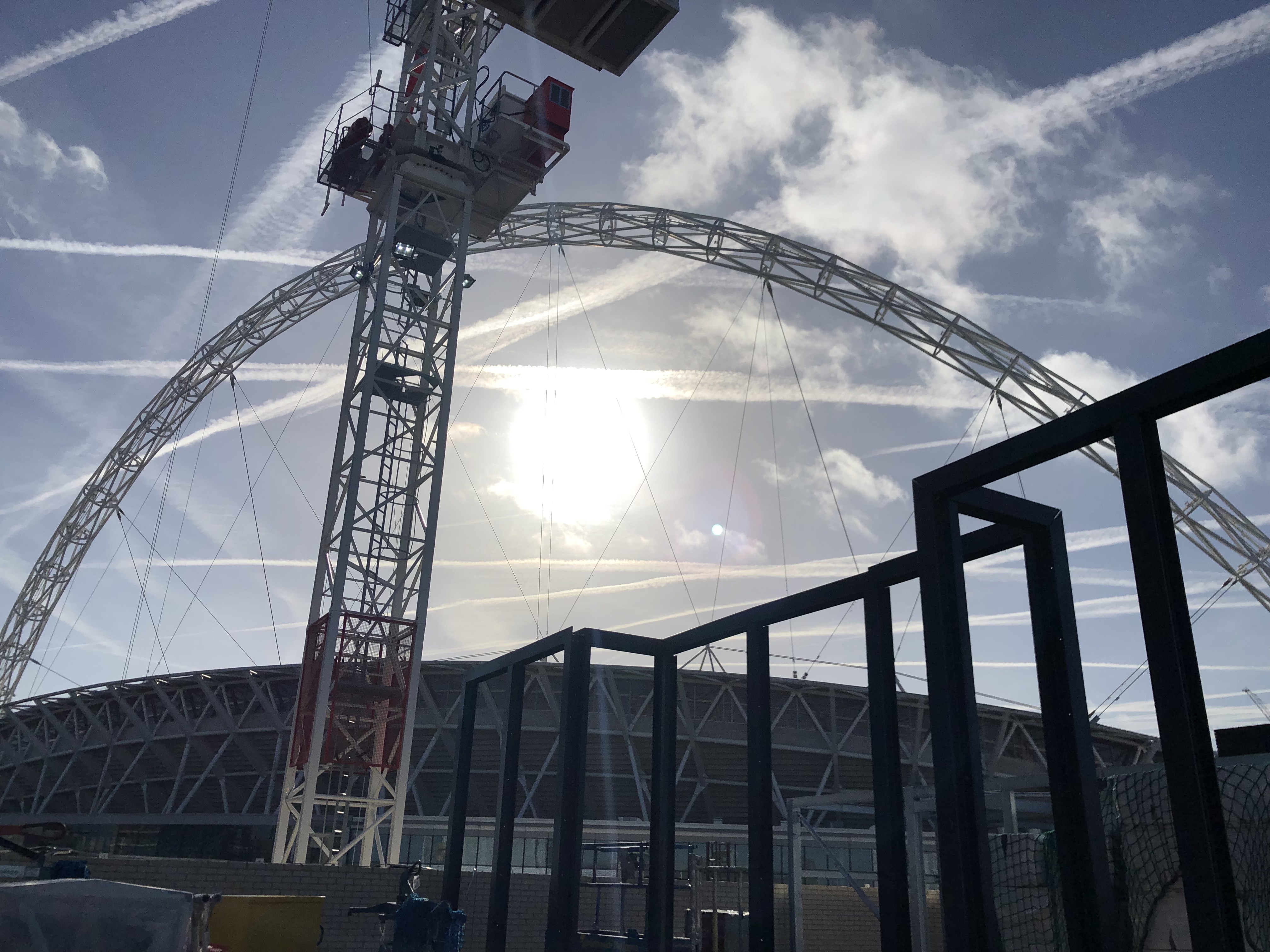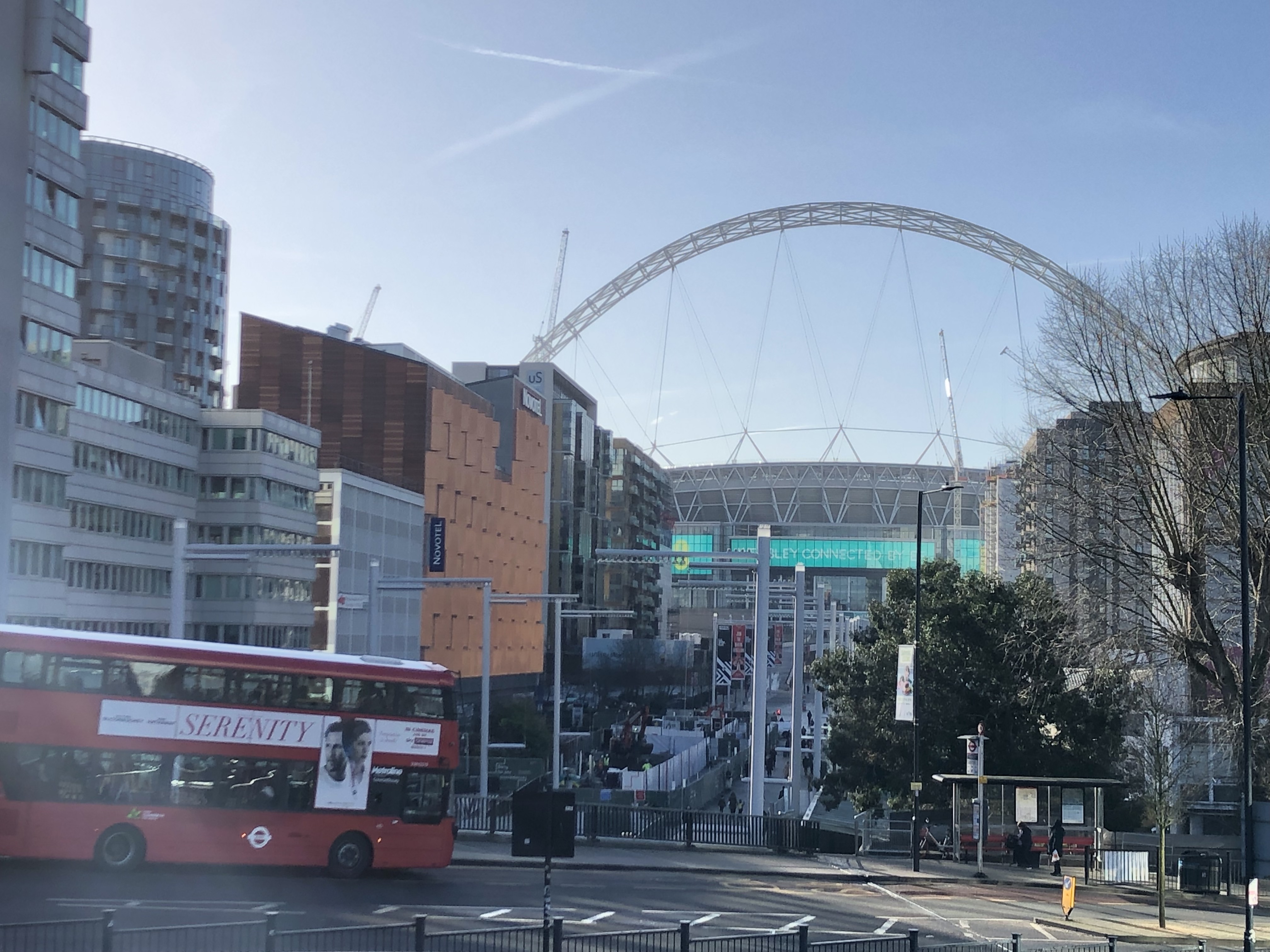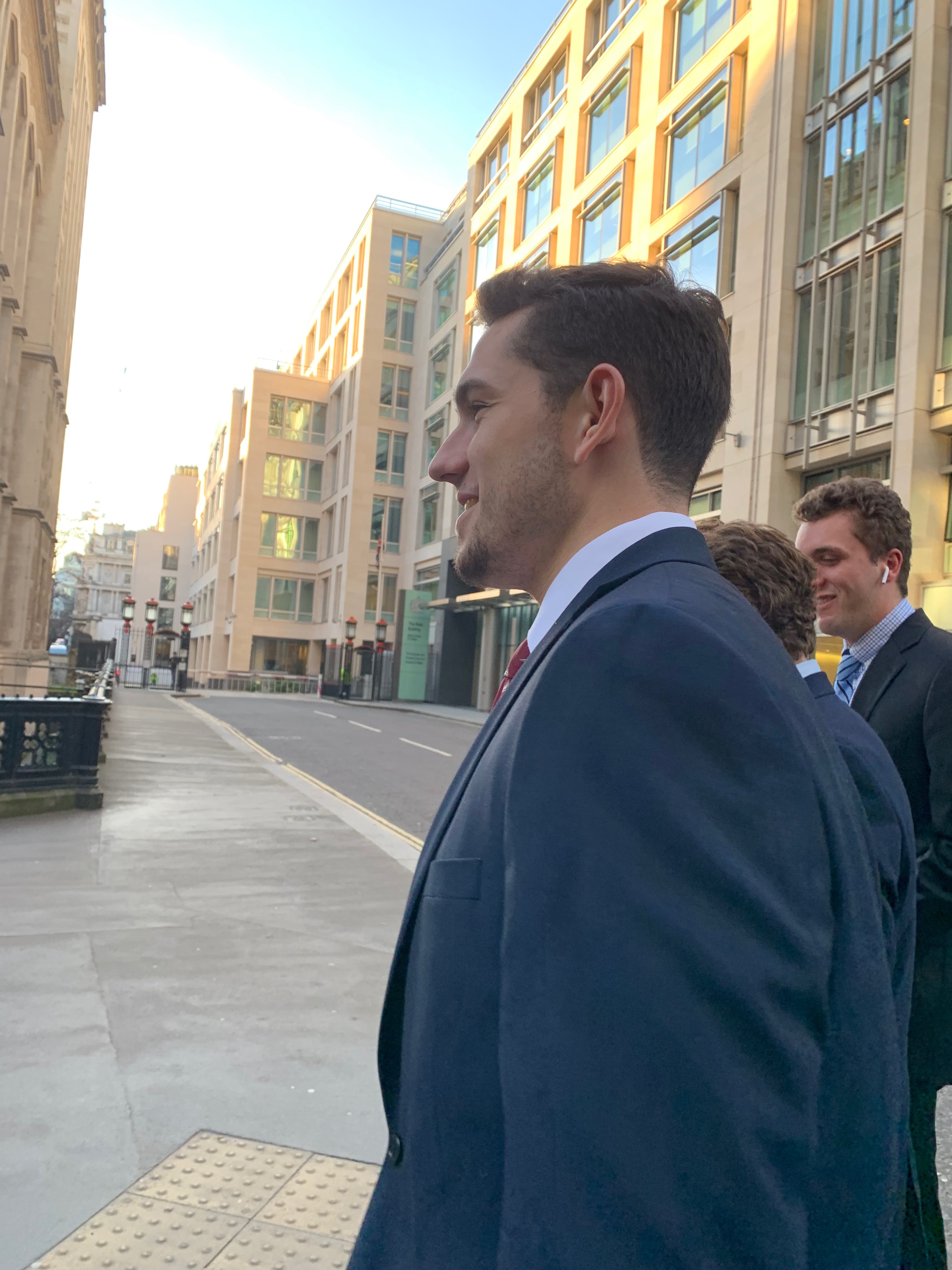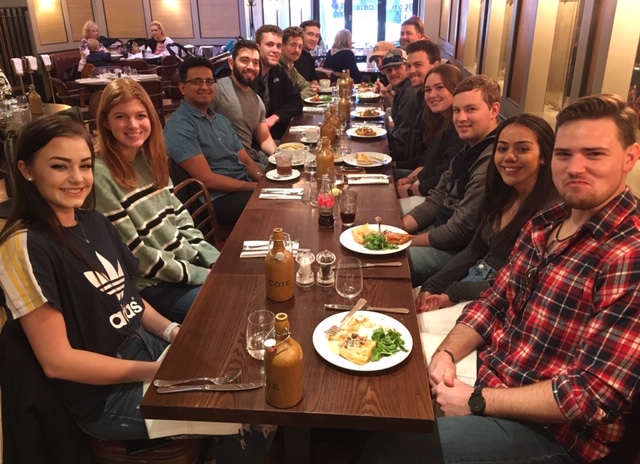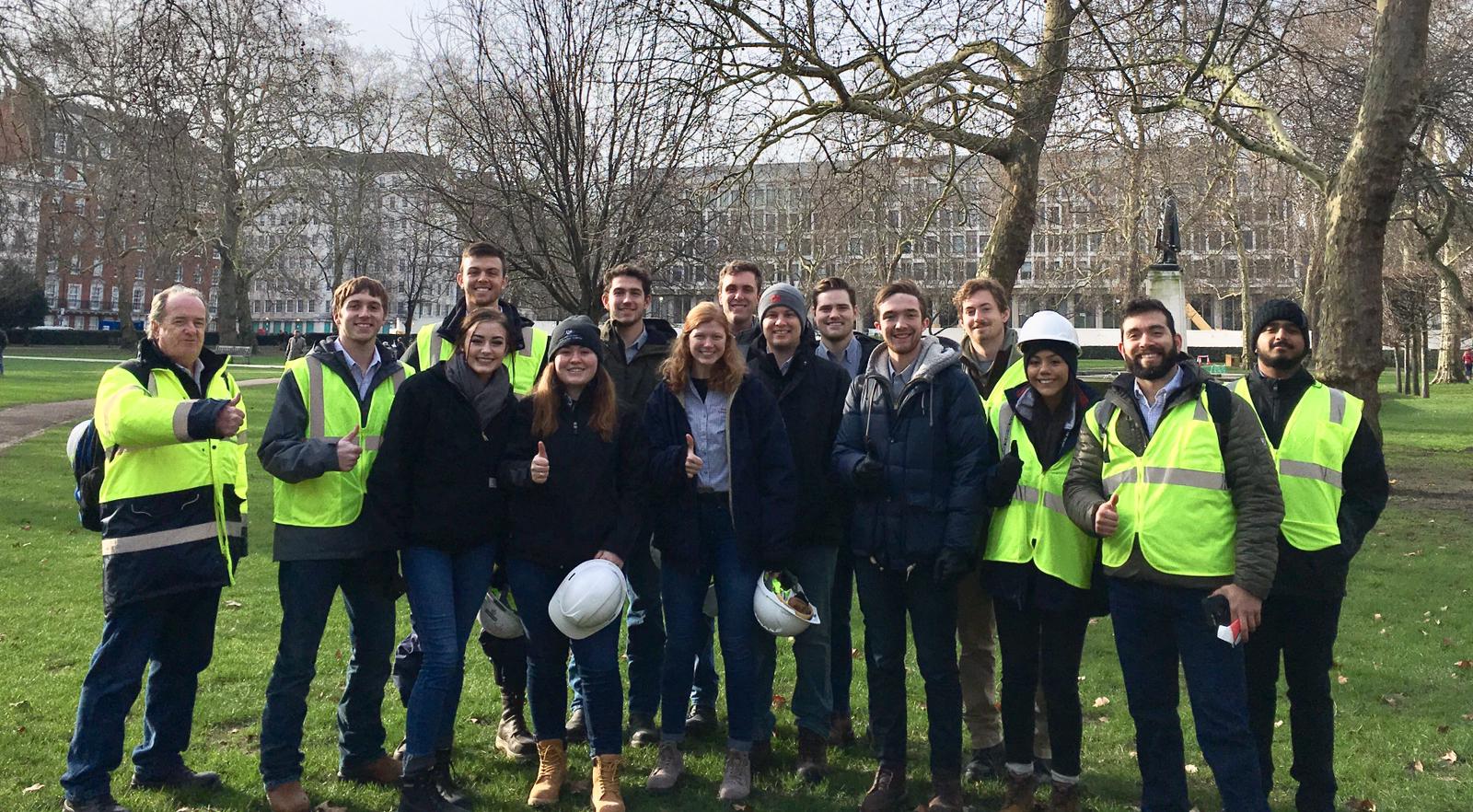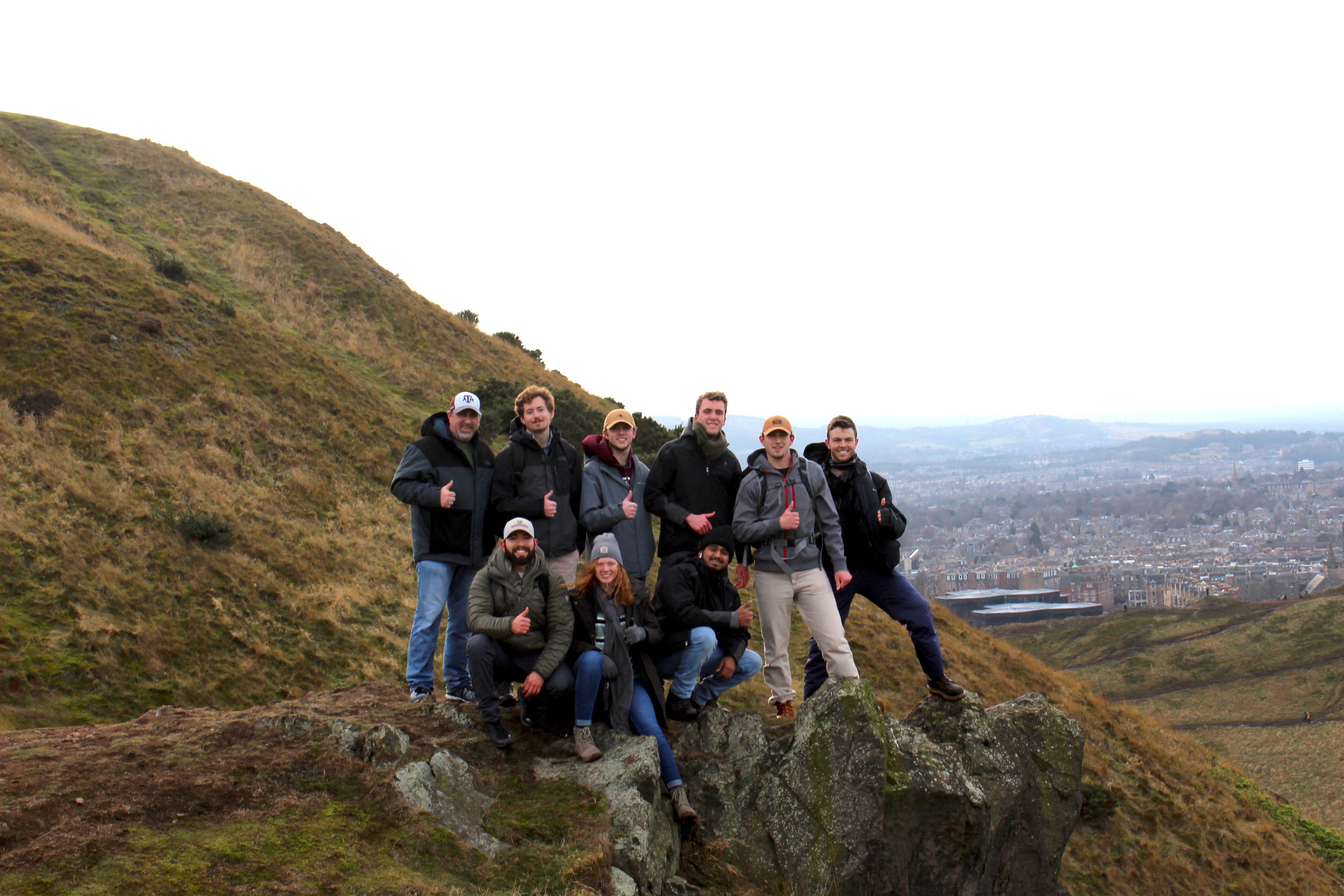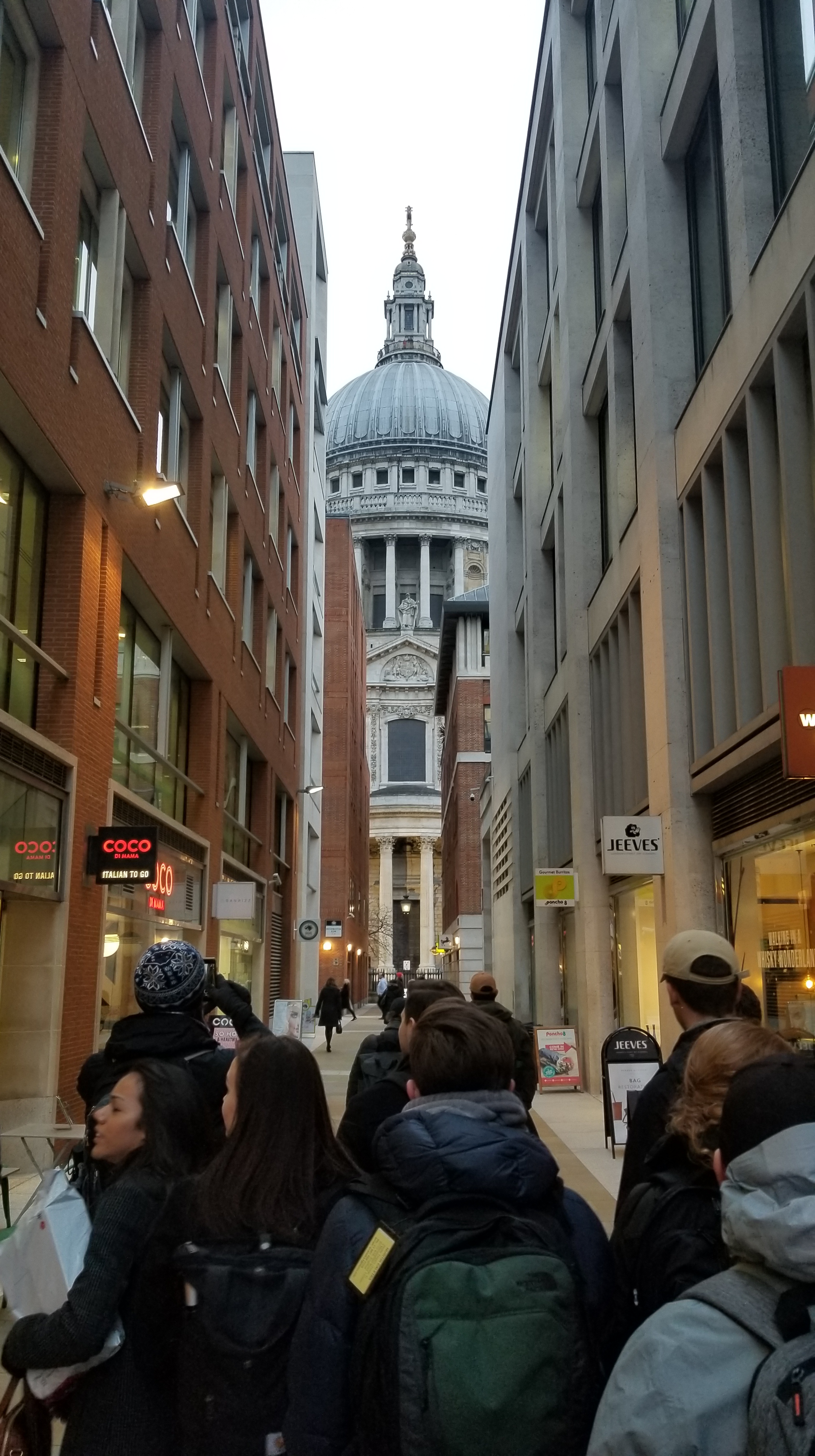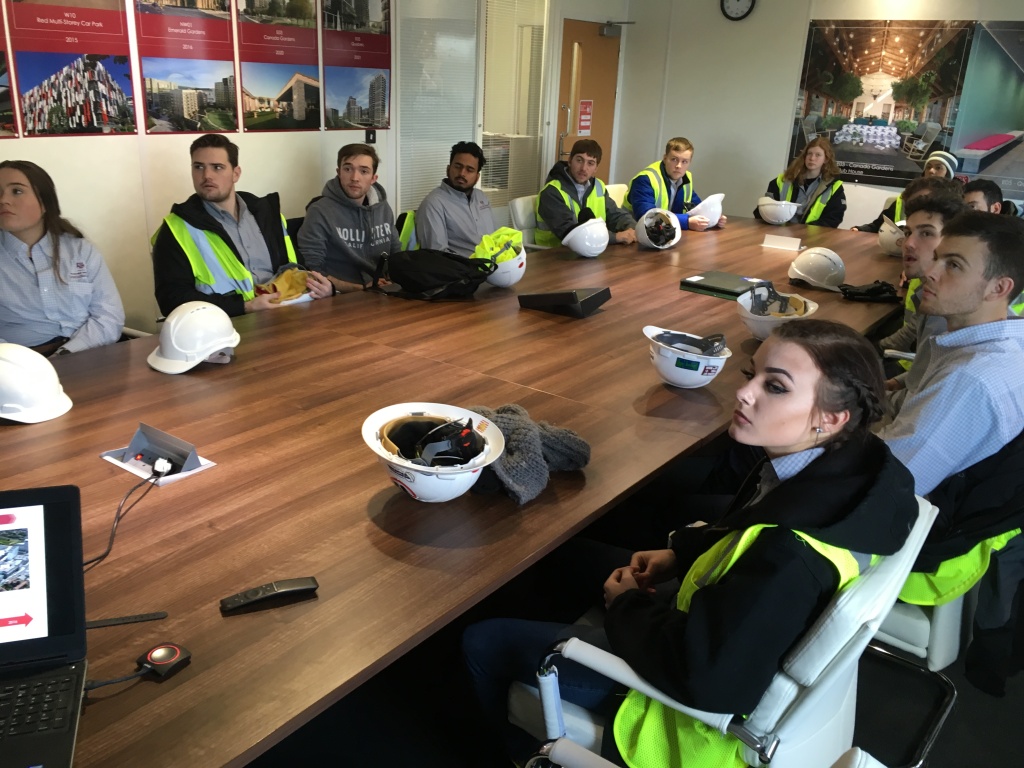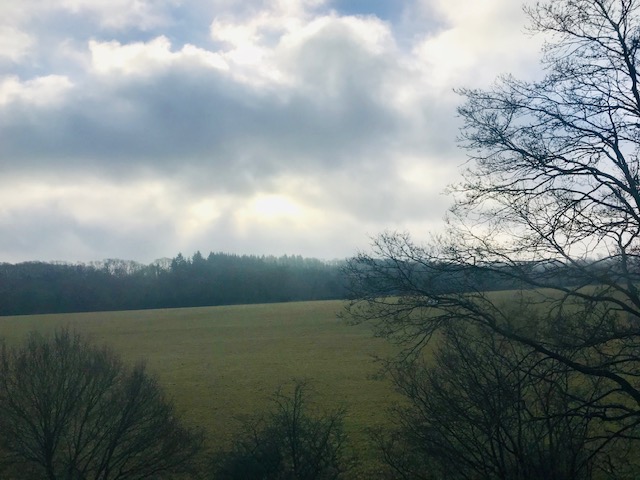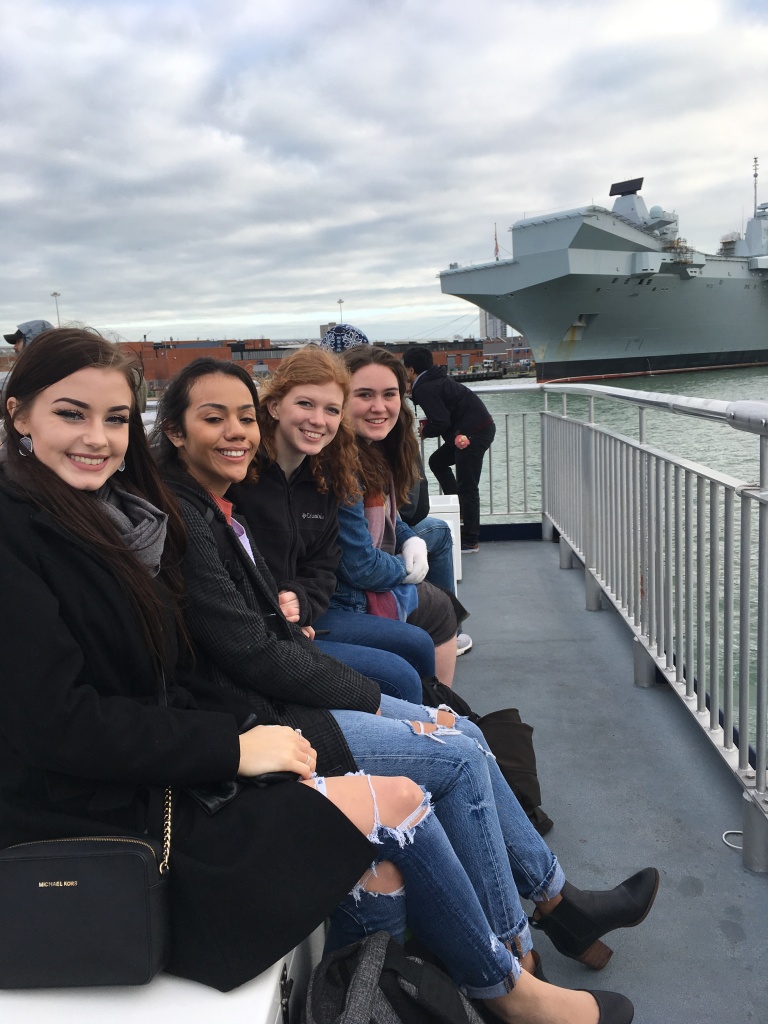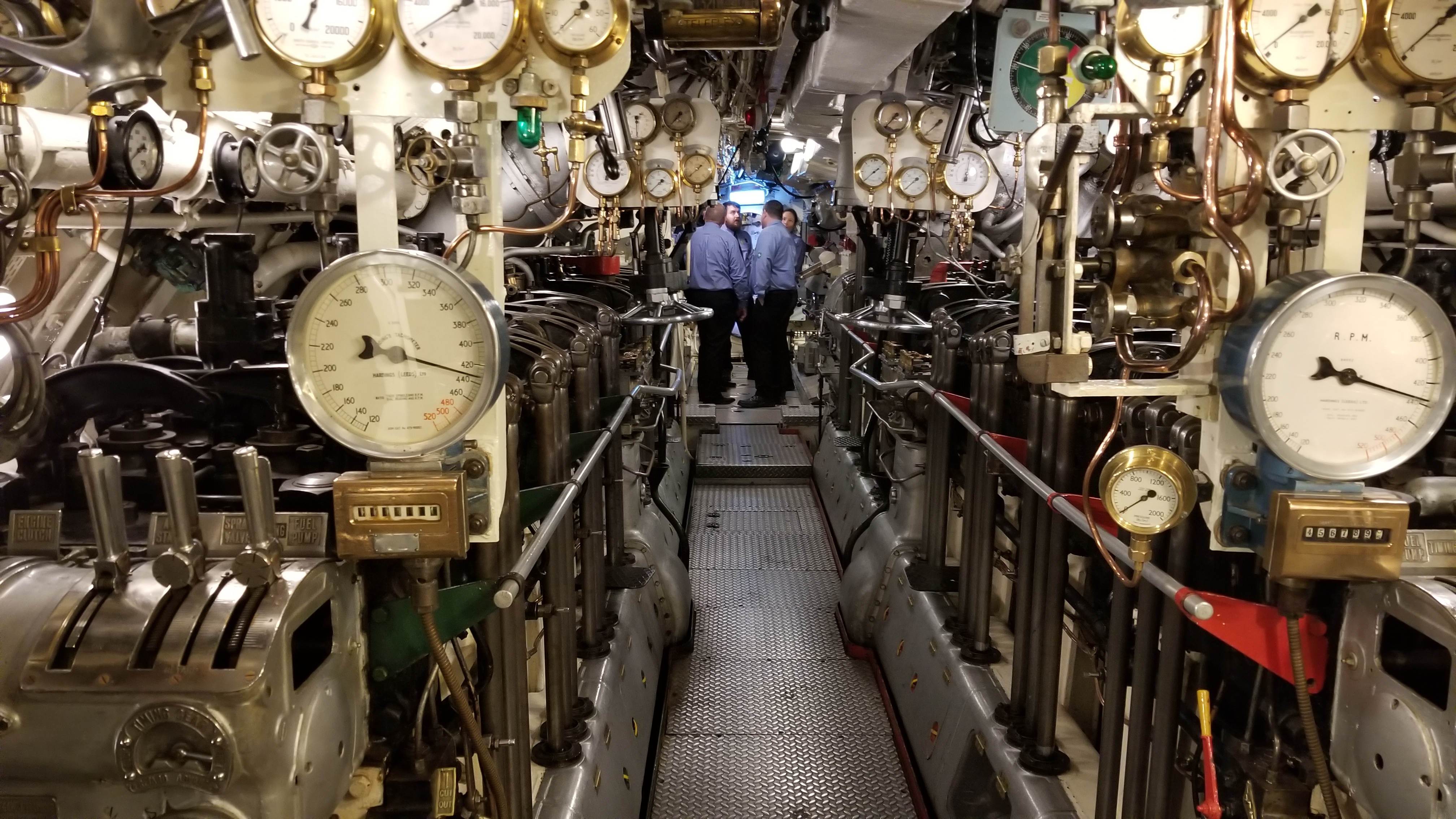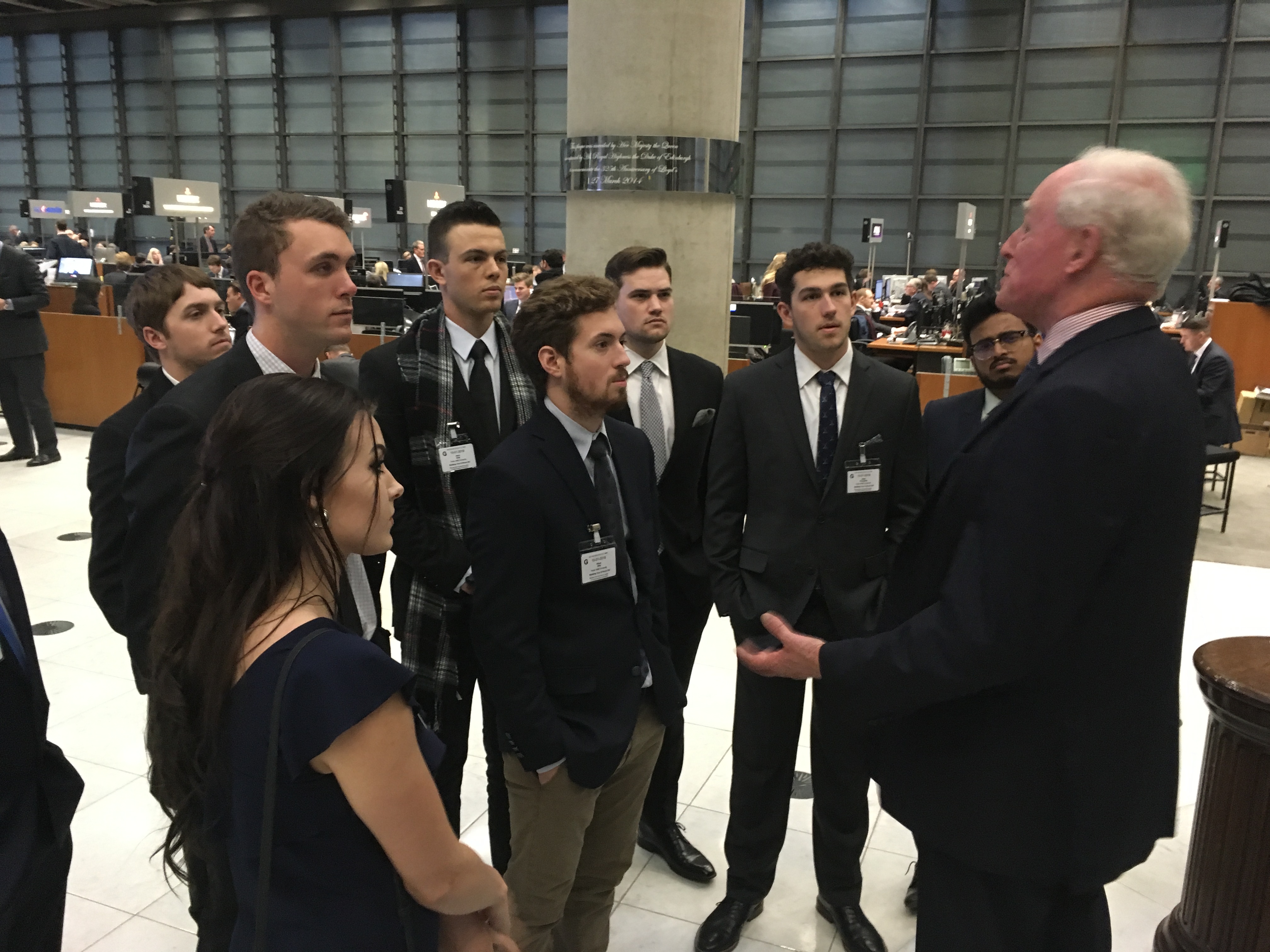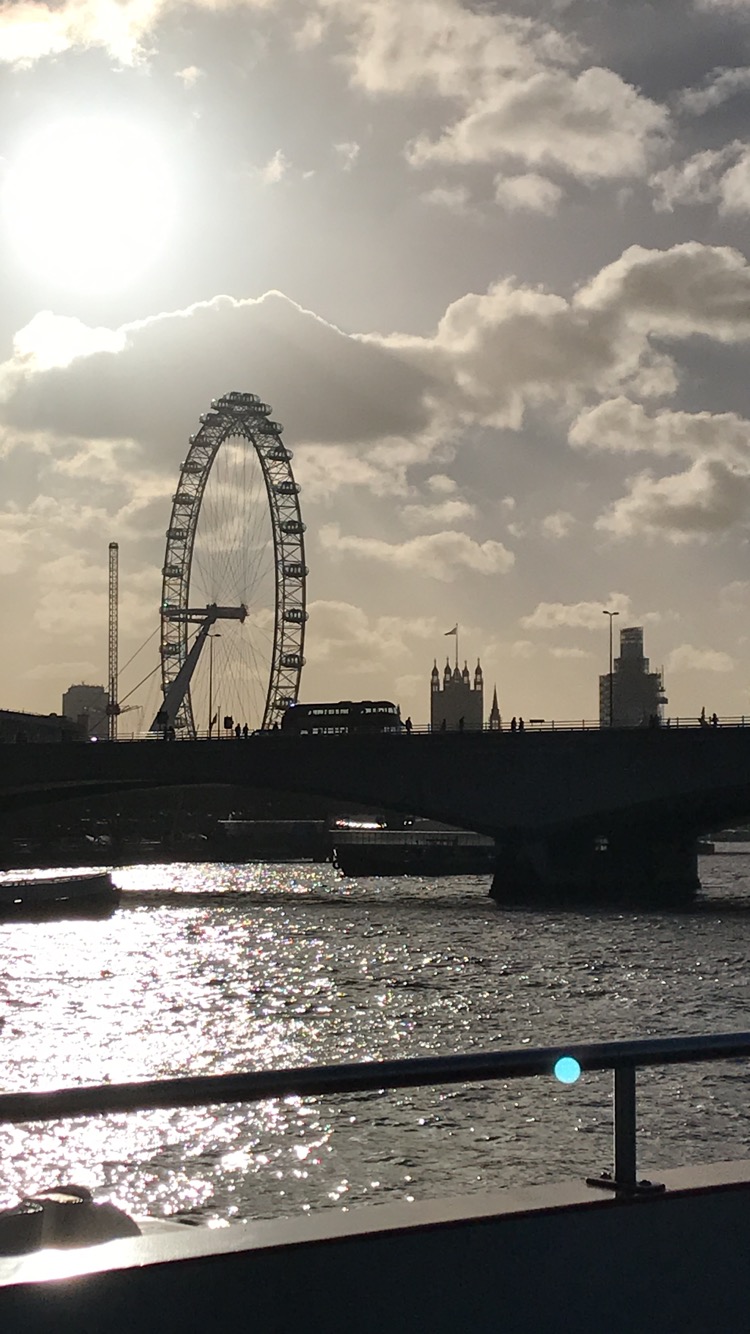Monday, February 25:
Kew Gardens w/ Professor Hertz
On Monday we travelled with Professor Hertz to Kew Gardens. It is a royal botanical garden that also researches plants and fungi. We walked around the gardens and enjoyed the beautiful scenery and flowers. There was one indoor room with climate control that felt similar to a summer in Texas! After visiting Kew Gardens, we took a historic walk around the town of Richmond. We finished the day by walking through a park searching for deer and other wildlife.






Tuesday, February 26:
Site Visit to Hackney Gardens w/ Thornsett
On Tuesday we went to our last site visit. We went to a project near Hackney Garden. This project was a residential project by Thornsett. The contractor for this project was JJ Rhatgun. The project consisted of 3 blocks and 1 of them was completely for social housing. This property was originally owned by the church adjacent to the building and was let to Thornsett on a 999 Year lease. Even though we have been visiting many different sites every week, we always learn something new or different with each one. For example, on this project, there was a bomb that destroyed one of the previous buildings on this land and they had to get the site checked for potential unexploded bombs that could have been present. Each unit in the building was at a 60 minute fire protection rating. Also due to the uncertainty of the Brexit situation, the contractor has already stockpiled 90% of the material and equipment coming in from EU on site. A fun fact about this specific land was that there was previously a small lake here and a lot of frogs lived there. However, due to the construction the lake had to be moved and all the frogs relocated to a temporary lake. This environmental issue arose because the lake was a hunting area for all the foxes that would come in the night to eat these frogs.
Wednesday, February 27:
Research Presentations
Six of the study abroad students presented their oral research projects on Wednesday. We walked from project to project and learned about the history of six historic London landmarks, starting with Quintin Caletka presenting the history of Big Ben. We also visited:
– St. James – Zak Buyajian
– Buckingham Palace – Nathan O’Neill
– Westminster Abbey – Morgan Chandler
– Westminster Palace – Isaac De Leon
– Jewel Tower – Vishruth Bhaskar
Thursday, February 28:
Churchill War Rooms & Research Presentations
On Thursday we met at the Churchill War Rooms, where Winston Churchill led the British effort during World War II. These underground bunkers in Westminster are now a museum. We learned about both the war and the life of Winston Churchill. After this, a few more students presented their research locations, including:
-Thames Embankment – Hans Osth
-Tower of London – Ethan Ellis
-St. Paul’s Cathedral – Melissa Ussery
-College of Arms – Austin Steele
-Temple Church – Adam Thompson
-Somerset House – Beka Graham
– Windsor Castle – Jake Claus
Friday and the Weekend!:
Travel & Studying
For this weekend, some students travelled to go skiing in Romania. Others stayed in London while still others went to see Prague. On Monday, Jason Cunningham and Shannon Caletka will be presenting their research locations. Shannon is presenting the Highgate cemetery, and Jason will show us the Battersea Power Station. We are all studying for our final exams and preparing our final papers for the courses.


Academic Study Abroad Overview:
Two months have passed by since we landed in London and most of us still feel like it was yesterday that we had our orientation. Eight weeks of academic classes have gone by extremely fast and we have gained immense understanding in construction law and the construction practices in London. Visiting all the different construction sites has given us a clear perspective on construction in London. One of the key things that I think we will take back home with us is the attention to safety detail and risk management that most of the construction companies in London follow. The weekly law class that we had with Professor Rodgers was by far one of the most useful and informative classes taken at TAMU. We would discuss every law related thing that we came up on the different construction site visits. This study abroad so far has proven to be so much more informative and educational than any class could be in college. We have learnt more by walking around construction sites and learning through practical exposure than by reading a book for an exam and forgetting it a few weeks later. Additionally, Professor Hertz taught our class British culture by walking to numerous streets, buildings, and historic landmarks in London.
Next up is Constructionarium! We will spend a week building a mini-Gherkin. It will be a scaled down model of the famous London building that we have been preparing to construct. After that we have our Spring Break, where students are planning to visit a variety of places around Europe. Cheers!


